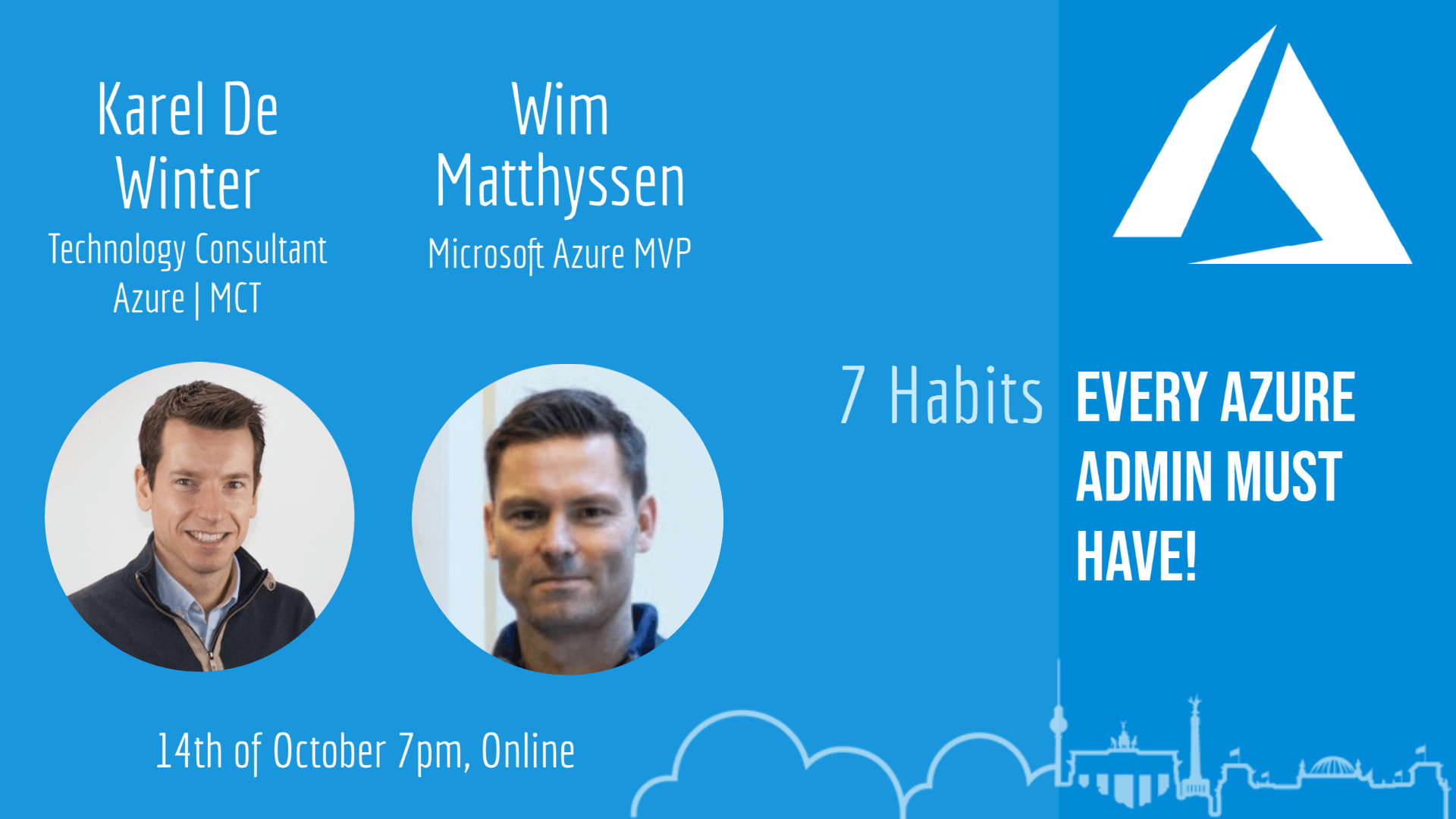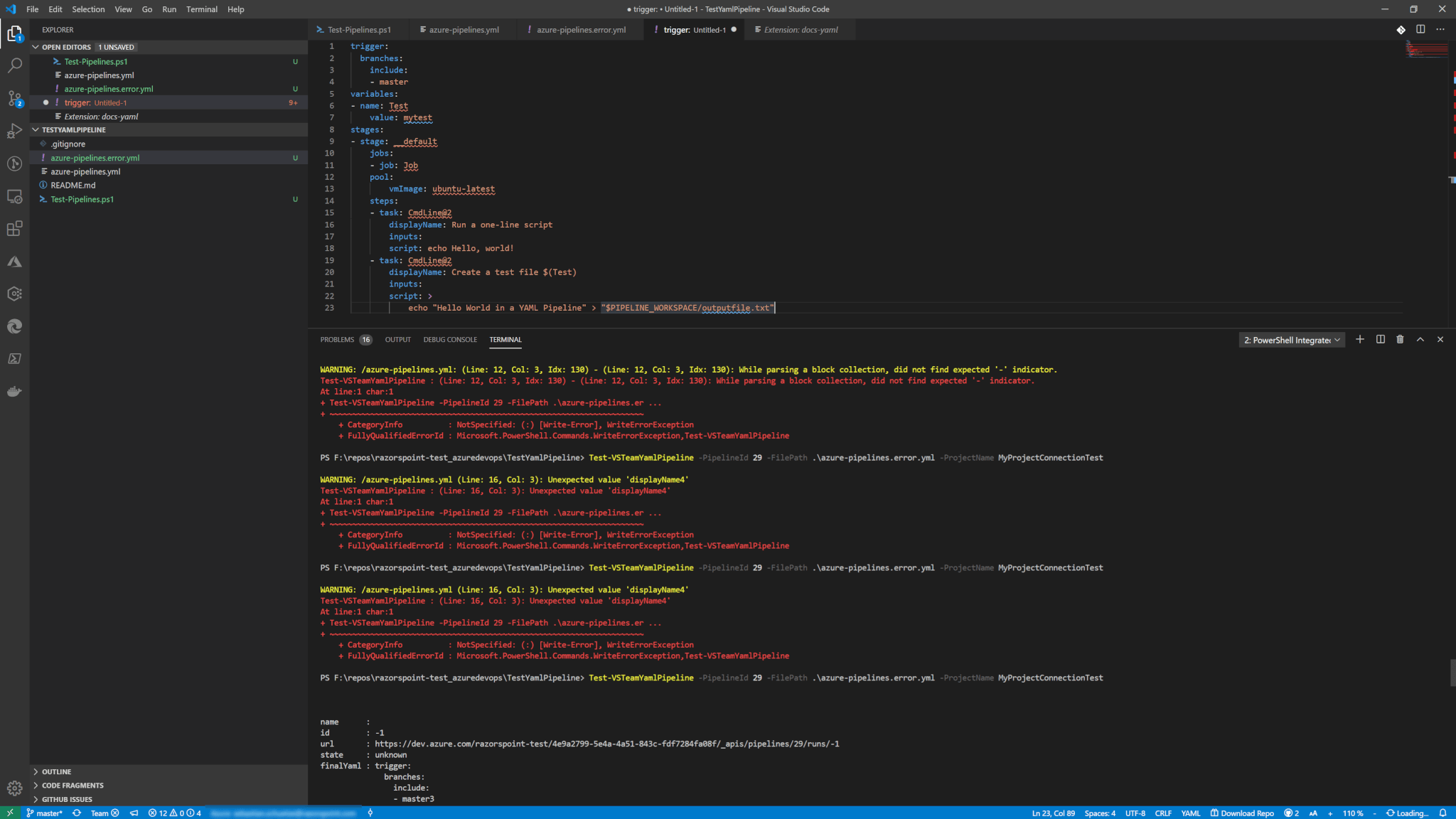MS Ignite 2018 is over and there a hundreds of sessions to choose from. I consolidated my own playlist from the sessions to choose from.
Have fun! Below I will give the title of each plus link to the slide decks. All information are taken from the main Ignite 2018 site:
https://myignite.techcommunity.microsoft.com/videos
The reason for me is for long term archive purpose. All description texts in italic are official texts from the session catalog!
BRK1097 – How Microsoft builds software and services like Windows, Office, Bing, Minecraft, and others powered by Azure DevOps
Ever wondered how Microsoft takes the combined work of tens of thousands of engineers to plan and build Windows? Minecraft? Office? Bing? In this session we deep dive into how Microsoft uses its own tools such as Azure DevOps to power our internal engineering system “1ES” and work at massive scale. From agile planning to Git source control, to build and release, we give you insight into our internal engineering process and tools.
BRK2214 – Ship-it with Azure Pipelines and GitHub
Azure Pipelines allows you to build, deploy, and release to any platform using the power of the cloud. You can even use a single Azure service to build your open source applications from GitHub on hosted Windows, Linux, or Mac machines and share with the world. In this demo-packed session we show you how to get started for free and deploy to the world for any language, on any platform, using Azure Pipelines.
THR2101 – Automate all things with Azure Pipelines
Automating your deployments to Azure doesn’t have to be so difficult. In this session, learn how to create an automated deployment to Azure using Visual Studio, Visual Studio Team Services, and the Microsoft Azure Portal. We go from zero to Azure in less than 20 minutes and then add to your pipeline to reach a fully-automated state that will allow your team to quickly iterate and deliver value to your customers. This session helps you return to work on Monday ready to deploy!
BRK3346 – Build the right solution for your business by continuous DevOps monitoring and learning
DevOps is about a continuous flow of value and functionality into your customers hands. With technologies like continuous delivery pipelines you can deploy to production in record time. But how do you tie the agility with the continuous monitoring needed to ensure that your applications are highly available and delivering value to your customers? Can you take it a step further and use the continuous deployment and continuous monitoring for continuous improvement? Can the value indeed flow all the way to your end user; can you identify customer cohorts, the needs of each cohort and improve conversion rates? Learn how to do all this and more with the built-in Azure Monitor and Azure DevOps services.
BRK3059 – Manage keys, secrets, and certificates for secure apps and data with Azure Key Vault
You need to safeguard and manage cryptographic keys and secrets used by cloud applications and services. Azure Key Vault can help you securely store and manage application secrets and keys backed by a Hardware Security Module (HSM). Join this session to get best practices on secure key management and simplify tasks for certificate management with Key Vault.
BRK3342 – Best practices to manage keys and secretes for apps using multi-language Azure SDKs
Database passwords, cryptographic keys, API tokens: these are some examples of keys and secrets that modern apps need in order to work and interact with external resources. Every developer understands that proper management of such secrets is very important (or, really bad things could happen), but implementing good practices for secret management is hard. The Azure SDKs in C#, Java, Node.js, Python, and Go provide a secure and simple way to manage your keys and secrets, making development of safe, modern apps easier and faster. Come check out how!
BRK2369 – Get apps out the door faster and easier: Microsoft’s unified programming model for authentication, app management, and securely accessing APIs
Come learn about Microsoft’s unified programming model for authentication and application management for apps that can reach any audience including enterprise users and consumers. Regardless of which platform you are building for, adding authentication and securely accessing APIs in your app has never been easier.
THR3046 – Choosing the right authentication method
Do you know all the ways you can connect identities between your on-premises Active Directory and Azure Active Directory? Learn the benefits of different authentication methods to help you choose the right one for your business.
THR3109 – How Microsoft keeps its DevOps services secure
Discover how Microsoft have included security into their DevOps pipelines to help give them the confidence to deploy over 78,000 times per day across the company. Learn from Red Team member Edward Thomson about some of the mistakes they have made along the way and what measures were introduced to reduce risks while maintaining high productivity in their development teams.
THR3103 – Azure DevOps using Jenkins, Terraform and Ansible
Made for those developing in Java, Node.js, Go, .NET or any other language, this session starts with a tour of Azure integrations with Jenkins, Terraform, and Ansible. We show how to use Jenkins for continuous integration/deployment (CI/CD) along with Terraform for provisioning and Ansible for configuration management in a toolchain targeting Kubernetes or Virtual Machine Scale Sets (VMSS). We also cover DevOps best practices including infrastructure as code, zero downtime deployment, immutable infrastructure, among others.
BRK3192 – Container DevOps with Microsoft Azure
Learn how to make use of Docker Containers and the Azure Kubernetes Service to scale your applications and learn how to build a continuous integration and continuous deployment pipeline (CI/CD) all hosted in the cloud with Azure and powered by Azure DevOps.
THR2387 – Lessons learned: Best practices writing ARM templates – Part 1
THR2389 – Lessons learned: Best practices writing ARM templates – Part 2
Part 2 – An ARM template is a convenient tool to manage Azure resources, but it is very difficult to manage them, and can be time consuming unless it is efficiently written. In addition, an ARM template is a big JSON file that is hard to read. What if DevOps engineers could write them in YAML? There are many ways to write ARM templates that really work, but not all of them are considered best practices. Learn how to manage ARM templates in YAML, and hear best practices for ARM templates. Hear how ARM templates are tested before deployment, and how deployment histories of ARM templates can be proactively managed.
THR2358 – Building cloud apps using the Secure DevOps Kit for Azure
To build security into our agile development process and provide a baseline for security in cloud apps, Microsoft created the Secure DevOps Kit for Azure. Learn how it offers tools and best practices for building security into every stage of cloud app development.
THR2360 – Cloud governance at Microsoft through Azure Policy, management groups, and the Azure Secure DevOps Kit
Learn from Microsoft Core Services Engineering & Operations (CSEO)—the IT experts who run the critical products and services that power Microsoft—how it is transforming its centralized IT services to a DevOps model. For services such as procurement (VM creation) and manageability (alerts, security patching), aligning with DevOps and decentralizing services can be straightforward. However, governance, standards, best practices, and corporate security policies continue to be a central service. Hear how they use these Azure tools to provide guardrails for organizations to comfortably build in the cloud and how you can use them, too.
BRK3390 – How to reduce DevOps risks with Azure Resource Manager
As organizations adopt DevOps, and continuous integration of builds is the norm, the risk profile associated with enterprise deployments continues to increase. In this session, we bring you up to speed regarding some of the new Azure Resource Manager features, which will make your DevOps life easier. Capabilities such as deployment orchestration, health integration during deployments, sub deployments, management of group deployments, and additional features will dramatically reduce the risks inherently associated with your DevOps initiatives. We also discuss how you can deploy code following organizationally pre-determined policies while improving availability and reducing incidents as a result.



